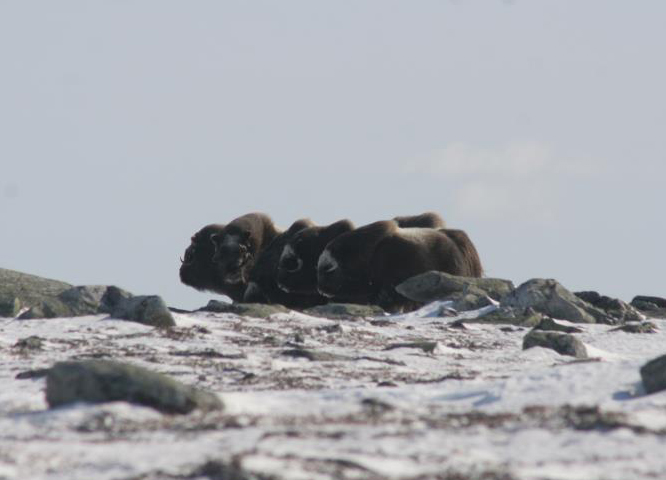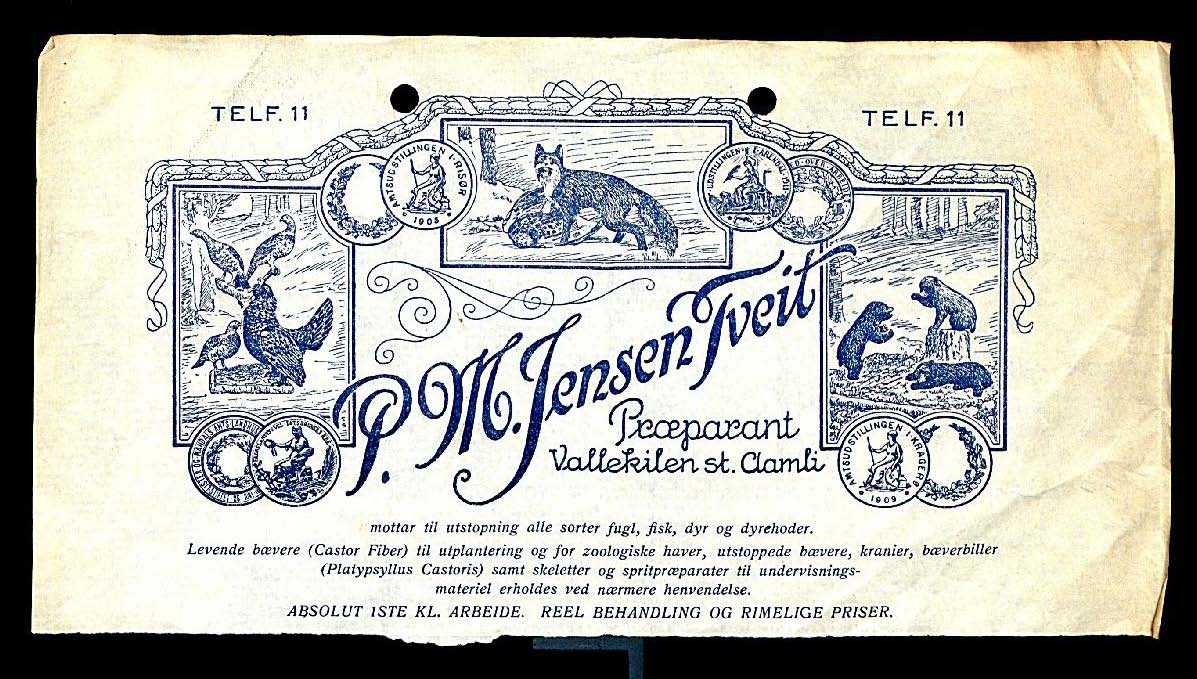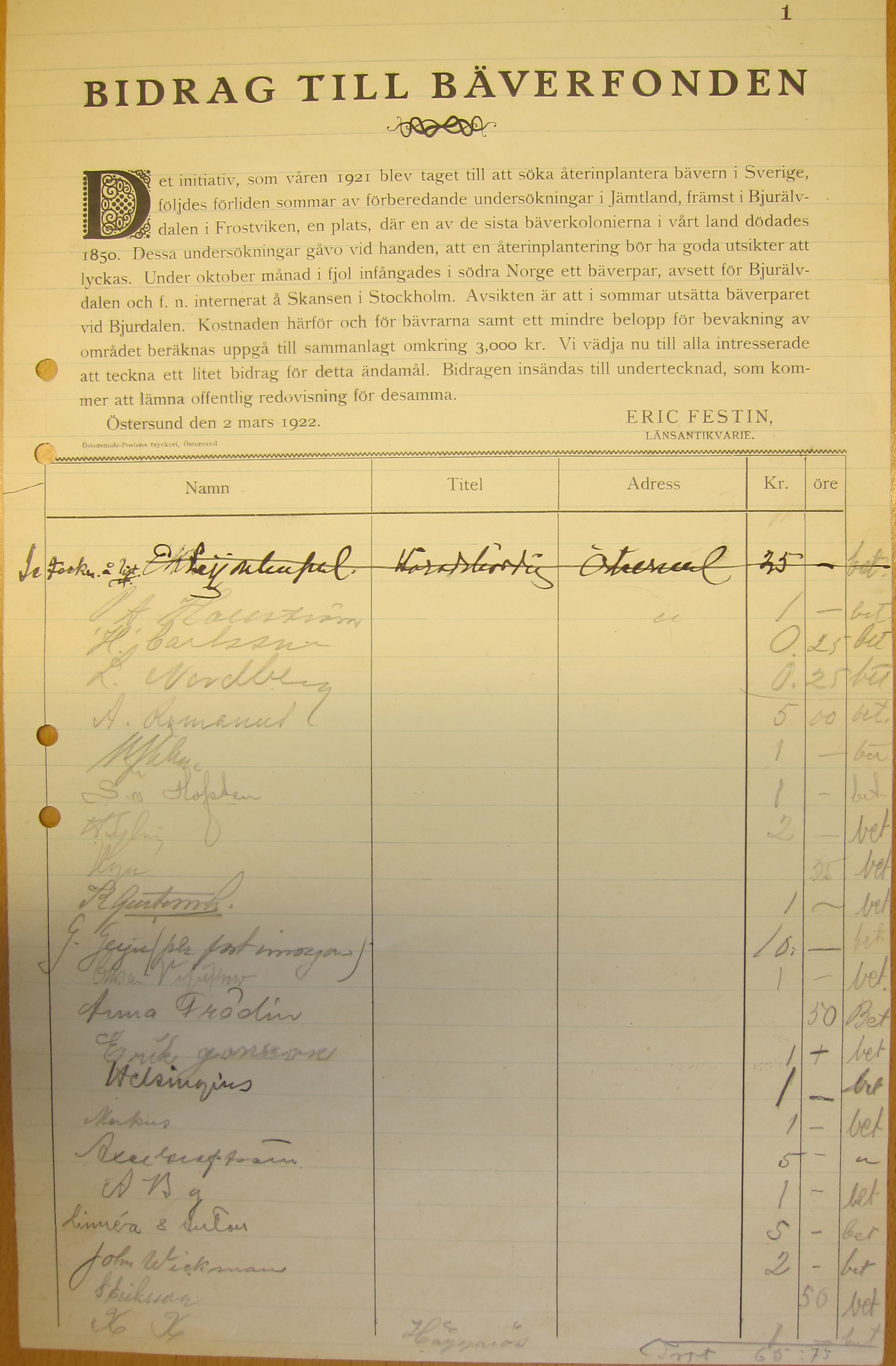
In honor of mothers
On Friday, 10 May 2013, a baby muskox was born at the Myskoxcentrum in Sweden. It is adorable – pictures and video are available for viewing online. The calf was born to the muskox cow Naessa, a three-year old who was born on Ryøya (I discussed the northern Norwegian muskox herd previously).
So other than being a ridiculously cute baby, why is this birth news worthy? The video voice over notes that there are only 7 wild muskox in Sweden, although there are dozens in zoos. The muskox being bred at the Myskoxcentrum are destined to be released into the wild to reinforce the Swedish herd’s numbers. In April, the center released their first muskox into the wild, Idun who was born in 2011 at the center. The unnamed calf is a future release animal as well.

Reporting on births from reintroduced animals has been the norm in the historical documents. A two page article on the first beavers born from the new Swedish beavers appeared in the 1924 issue of Jämten, the journal edited by Eric Festin who headed the Jämtland reintroduction efforts. The “happy news” was given to Festin on 10 September, after two locals discovered the fresh footprints of two small beavers along with the parents’ on 24 August. Festin writes that because the beaver kits had been born in the wild and not released with the ‘baptism’ and sponsorship naming (I discussed this practice in a previous post), the key sponsors including Alarik Behm of Skansen, Gustaf Werner of Göteborg (an industrialist and philanthropist), and Sven Arbman (who did the beaver research and site visits in Norway), were named afterward. In 1927, the Västerbottens county wildlife management association was likewise happy to report that there had been 7 litters of beavers since the 1924 reintroductions.
The same fascination with these “first” native sons and daughters holds true in current times as well. In summer 20062010, the first beaver born to one of the Scottish Beaver Trial pairs made headlines: “First beaver born in 400 years” touted the Aberdeen Press and Journal and “Beaver born in the wild in UK for first time in 400 years” exclaimed the Guardian (making a more correct statement than the Press and Journal) and featured a cute picture of the little one with one of its parents.
The unsung heros in these stories are of course the mothers who gave birth to the little ones and the parents that took care of them afterward. The news coverage of the new muskox calf is an exception — in that case, the mother was included in the discussion because she has a name and a history as a breeding cow in a park setting. But in the many cases where the animals have already been reintroduced to the wild, the parents disappear behind the adorable fuzzy babies. So today, in honor of Mother’s Day in the US, I want to tip my hat to those unnoticed beaver mammas whose hard work repopulated the Swedish landscape.





2 Comments
Paul Ramsay
The Scottish Beaver Trial didn’t begin until 2009 (or was it 2008?). On the other hand, beavers were living free in the River Tay from 2001.
dolly
Good catch. That was a typo — it should have said 2010, not 2006. I’ve changed it.